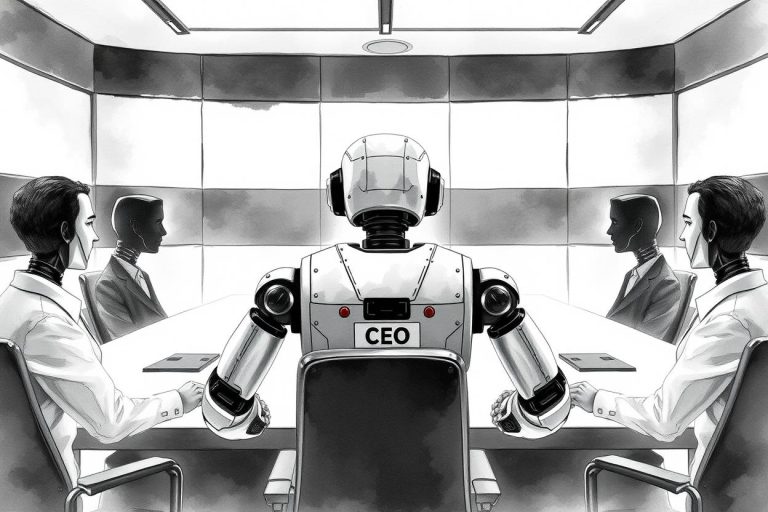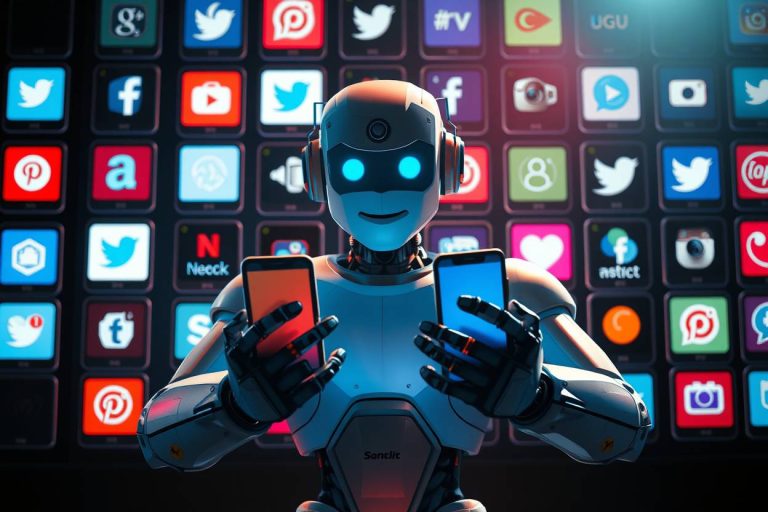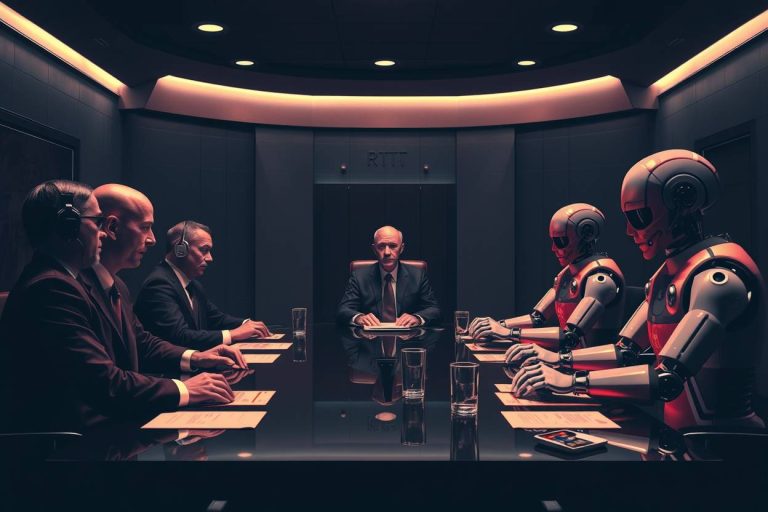AI voice cloning: the future of speaking without saying a word
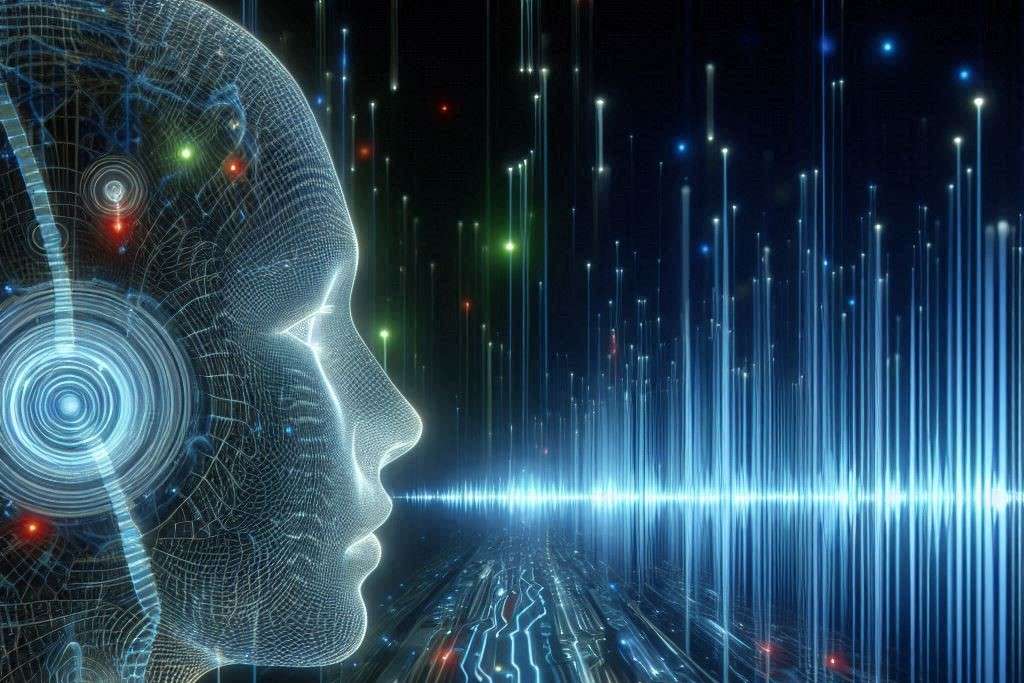
Imagine perfectly replicating your voice so even your closest friends can’t tell the difference. Once a concept from sci-fi, this is now a reality, thanks to advancements in artificial intelligence. AI voice cloning is transforming technology, allowing machines to imitate human voices with stunning accuracy. From helping people who lost their voices to creating personalized virtual assistants, AI voice cloning is revolutionizing many industries.
Key Takeaways
- AI voice cloning uses deep learning to replicate human voices with incredible precision.
- Large datasets and powerful computational resources are needed for effective voice replication.
- Diverse applications include virtual assistants, media, customer service, and accessibility tools.
- Ethical concerns like privacy and consent must be addressed to prevent misuse.
- Future opportunities include real-time cloning and integration with other tech, but also pose risks.
The idea of voice synthesis began in the 1930s with the first mechanical speech synthesizers. In the 1960s, Bell Labs introduced one of the first computerized speech systems. It was innovative for its time but lacked the natural flow of real human voices. In the 21st century, deep learning and neural networks changed everything. In 2016, Google’s WaveNet set a new standard by producing speech almost indistinguishable from a human voice, marking a major leap forward.
The AI voice cloning market is growing fast. Recent research projects a compound annual growth rate (CAGR) of over 27% between 2023 and 2030. This growth is fueled by demand for personalized virtual assistants, media content creation, and accessibility tools. As human-like AI interactions become more common, industries are looking to integrate more engaging and tailored user experiences.
Voice cloning isn’t just for tech giants or virtual assistants. There are lesser-known and fascinating uses too. For example, AI voice cloning helps people with speech impairments regain their voices, allowing them to express themselves authentically. Actors use voice cloning to dub performances in multiple languages without traditional dubbing. Some musicians clone their voices to create harmonies with themselves in different pitches—imagine singing a duet with your own voice! Here’s a fun fact: O2 UK, the largest telecommunication company, have used AI voice cloning of a realistic granny, to call scammers and waste their time, flipping the script in amusing ways.
This article will explore how AI voice cloning works, the technology behind it, and how it’s reshaping industries—from personalized customer experiences to creative entertainment. We’ll also discuss the ethical considerations of this powerful technology and what the future holds for AI-generated voices.
The Technology Powering AI Voice Cloning
Deep Learning and Neural Networks
At the heart of AI voice cloning is deep learning, a type of machine learning that uses neural networks to learn patterns from data. Neural networks consist of layers of interconnected nodes, or “neurons,” that process input data to produce an output.
For voice cloning, neural networks analyze recordings of a person’s speech. They learn the unique characteristics of the voice, such as tone, pitch, accent, and speaking style. This learning allows the system to generate new speech that sounds like the original speaker.
Generative Adversarial Networks (GANs)
Generative Adversarial Networks, or GANs, are crucial in creating realistic AI voices. A GAN consists of two neural networks:
- Generator: Creates synthetic voice samples.
- Discriminator: Evaluates the authenticity of these samples.
The generator tries to produce voice samples that sound real, while the discriminator aims to detect any fake ones. This competition improves the quality of the generated voices over time.
Variational Autoencoders (VAEs)
Variational Autoencoders (VAEs) are another technology used in AI voice cloning. They consist of:
- Encoder: Compresses the input voice data into a smaller, latent representation.
- Decoder: Reconstructs the voice from this latent space.
VAEs learn the underlying patterns of the voice data, allowing them to generate new voice samples by sampling from the learned distribution.
Text-to-Speech (TTS) Models
Text-to-Speech models convert written text into spoken words. Modern TTS systems use deep learning to produce speech that sounds natural. They involve:
- Linguistic Analysis: Understanding pronunciation and intonation.
- Acoustic Modeling: Predicting the sounds needed for the speech.
- Waveform Generation: Producing the final audio output.
By integrating voice cloning, TTS models can generate speech in a specific person’s voice.
Training AI Voice Cloning Models
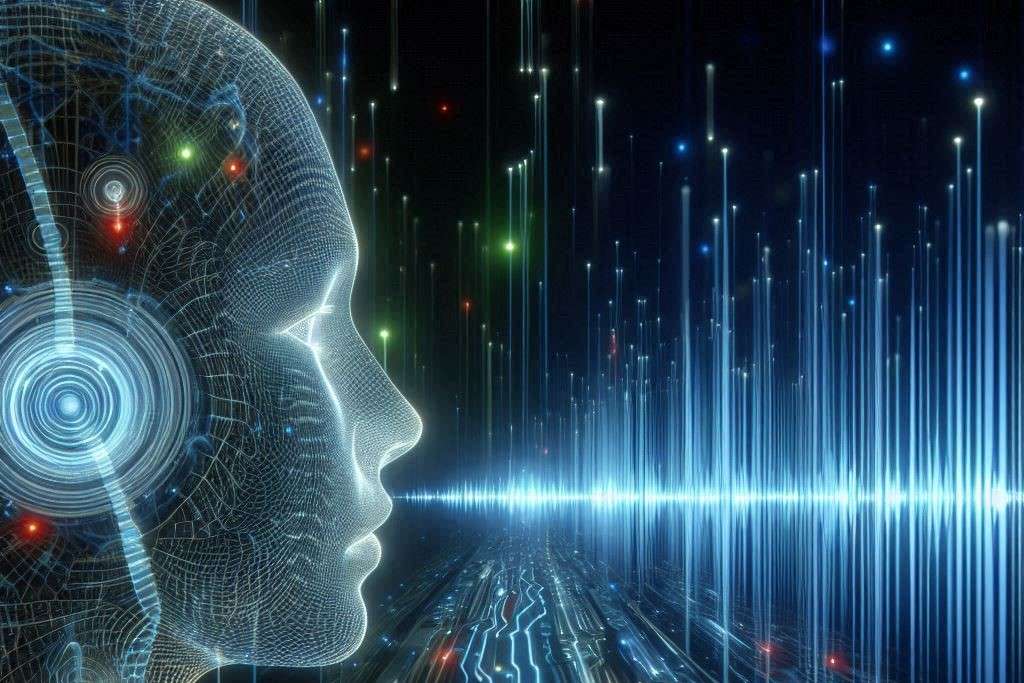
Data Collection and Preprocessing
Training AI voice cloning models requires large amounts of high-quality voice recordings from the target speaker. Data preprocessing includes:
- Noise Reduction: Removing background sounds.
- Normalization: Adjusting volume and pitch for consistency.
- Segmentation: Dividing speech into manageable chunks.
Quality and diversity in the dataset are essential for accurate voice replication.
The Training Process
Training involves feeding the voice data into the neural network and adjusting its parameters based on the output. The steps include:
- Initialization: Setting initial weights in the network.
- Forward Pass: Processing input data to generate output.
- Loss Calculation: Measuring the difference between the generated voice and the actual voice.
- Backward Pass: Updating the network’s weights to minimize loss.
This process repeats over many iterations, requiring powerful GPUs or TPUs due to its computational intensity.
Challenges in Training
Training AI voice cloning models faces several challenges:
- Data Scarcity: Obtaining enough high-quality recordings.
- Overfitting: The model might not generalize well to new phrases.
- Accent and Dialect Variations: Capturing subtle speech nuances.
- Ethical Concerns: Ensuring consent and preventing misuse.
AI Voice Cloning vs. AI Voice Synthesis
Voice Cloning
Voice cloning focuses on replicating a specific person’s voice. It captures the unique characteristics of an individual’s speech. Applications include:
- Personalized Assistants: Virtual assistants that sound like the user or a familiar voice.
- Media Production: Dubbing and voiceovers using a celebrity’s voice.
- Voice Preservation: Helping people who may lose their voice due to illness.
AI Voice Synthesis
AI voice synthesis generates natural-sounding speech without mimicking a specific person’s voice. It aims for clarity and pleasantness. Uses include:
- Audiobooks: Reading text aloud in a clear, neutral voice.
- Navigation Systems: Providing directions in a friendly tone.
- Accessibility Tools: Assisting those with visual impairments.
Technological Differences
- Voice Cloning: Requires data from a specific speaker and focuses on replicating their unique voice.
- Voice Synthesis: Uses general speech data to create a neutral, natural-sounding voice.
Pros and Cons
Voice Cloning
- Pros: Personalization and familiarity.
- Cons: Ethical concerns over consent and privacy.
AI Voice Synthesis
- Pros: Versatility and fewer ethical issues.
- Cons: Lacks personalization.
Applications of AI Voice Technologies
Virtual Assistants
AI voices enhance virtual assistants like Siri, Alexa, and Google Assistant, making interactions more natural.
Media and Entertainment
Voice cloning allows actors to have their voices dubbed in different languages while retaining their unique vocal traits. This technology is used by influencers and content creators that can scale their content output with the AI help – realistic AI Avatars and voice cloning are the technologies that making it possible.
Accessibility
Text-to-Speech tools assist those with visual impairments or reading difficulties by converting text into speech.
Customer Service & Sales
Automated systems use AI voices to interact with customers, providing information and support efficiently. Moreover, hyper realistic voices paired with large language models and company knowledge bases can be an effective sales tool that can work 24/7.
Ethical and Legal Implications
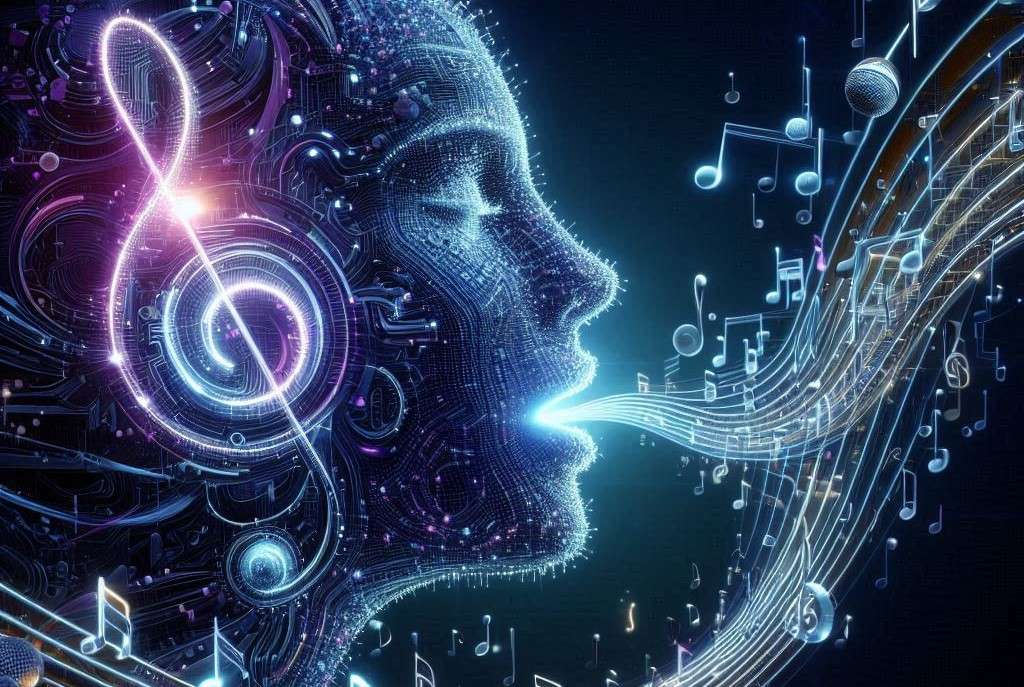
Consent and Privacy
Using someone’s voice without their permission raises serious ethical issues. It’s important to obtain consent before cloning a voice. This is already a technique used by cyber criminals in AI scams, deception and also gaining access to sensitive information via calls that impersonate someone else’s identity.
Potential Misuse
AI voice cloning can be misused to create deepfake audio, which can deceive people and spread misinformation. They are already heavily used in AI Scams that implement automated call centers powered by AI Voice machines, intelligent scripts and unfortunately, are hard to distinguish from real life scenarios.
Regulatory Landscape
Governments and organizations are beginning to address these concerns through:
- Laws and Regulations: Implementing policies to prevent misuse.
- Industry Guidelines: Establishing best practices for ethical use.
Responsible Use
Best practices include:
- Transparency: Informing users when AI-generated voices are used.
- Security Measures: Protecting voice data from unauthorized access.
- Ethical Standards: Following guidelines to prevent harm.
The Future of AI Voice Technologies
Real-Time Voice Cloning
Advancements may soon allow voices to be cloned in real-time, opening possibilities for live translations and instant communication. This can be a great asset for streamers, influencers and educators across the globe.
Multilingual Capabilities
AI voices could speak multiple languages while retaining the same vocal characteristics, enhancing global interactions. This is perfect for education and language learning, as well as marketing applications for cross-national campaigns.
Integration with Virtual Reality
In virtual environments, AI voices can make experiences more immersive by providing natural and responsive speech. Big gaming studios are already implementing AI Generated visuals and hyper realistic voices into their upcoming releases.
Conclusion
AI voice cloning is here, and it’s pretty amazing. Imagine all the ways this tech could make life easier—from personal assistants that sound like your best friend to preserving voices for loved ones long after they’re gone. The possibilities are huge, and we’re just scratching the surface.
But it’s not all rainbows; we need to be careful. Just because we can clone a voice doesn’t always mean we should. Respecting people’s consent and using this power wisely is essential. There are real risks, like deepfakes or using someone’s voice without permission, that could do more harm than good if we’re not mindful. At the end of the day, it’s all about balance—using technology to enrich our lives while keeping the ethical lines clear.
So, as AI voice cloning keeps evolving, it’s up to all of us to make sure this tech is used in the right way. Whether you’re a developer, a policymaker, or just someone fascinated by the tech, we all have a role to play. Let’s work together to make sure these cloned voices make our world a bit more fun, a lot more convenient, and, most importantly, better for everyone.


